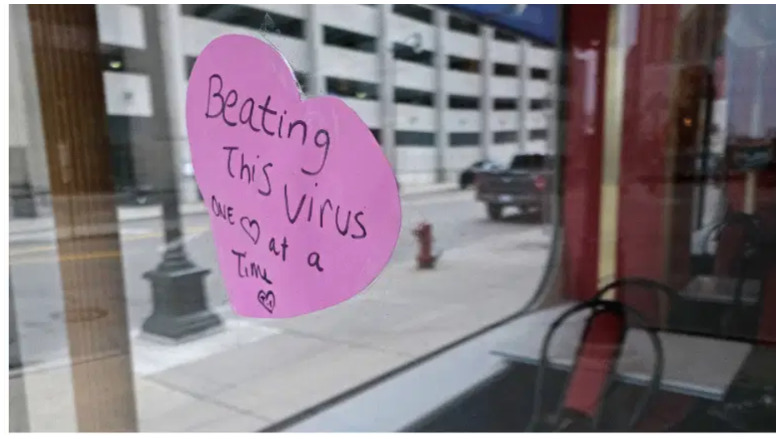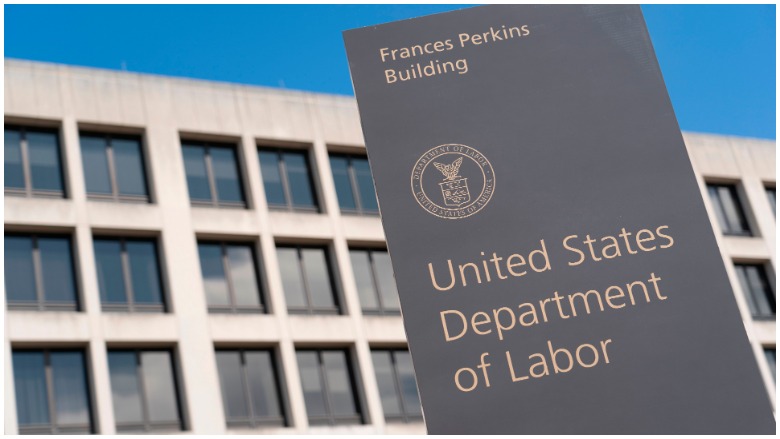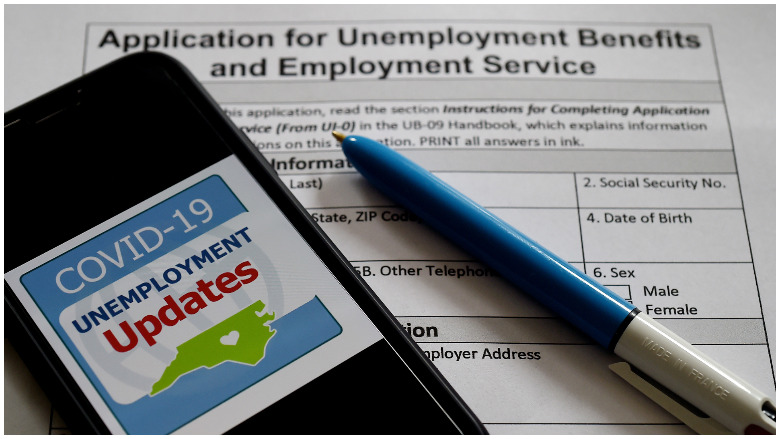
Getty Unemployment benefits for COVID-19 could be extended.
More is now known about the extra unemployment benefits authorized by President Donald Trump. People who qualify in states that seek the enhancement are now expected to get $1,800 or $2,400 through the extra benefit.
Here’s how those amounts are reached. A lot of people have counted on the extra COVID-19 unemployment benefits since the pandemic first hit. The benefits were $600 weekly at first, but then they expired. Trump stepped into the fray when Republicans and Democrats in Congress couldn’t agree on a second stimulus relief plan and authorized a scaled down amount, $300 a week, for Americans receiving unemployment benefits. Some questioned the legality but the benefits have been rolling out.
However, the federal government then revealed that the additional benefit will only last for six weeks. That’s how you get to the $1,800 (six weeks at $300 for each week). According to CNBC, the six-week limit was announced by the Federal Emergency Management Agency, otherwise known as FEMA. The site estimated that most workers will get an extra $1,800 benefit as a result.
A federal Emergency Management Agency spokesperson told CNBC, “States should plan to make payments to eligible claimants for no more than six weeks from the week ending Aug. 1, 2020.”
It’s possible that some people could get more. Trump, in his press conference in early August announcing the extra benefits, actually promised people $400. He did say the federal government was only contributing $300 of that, though. States would have to make up the rest. But it’s up to them whether to do so. Some are. Most aren’t. That means most Americans will get the $1800, but some could see $2,400, if they’re in a state that kicked in the remaining money.
According to WSB-TV, once the six weeks expires, it’s possible there could be more money, but it depends on funding. Trump initially said, “the weekly payments will end when the balance in FEMA’s disaster relief fund falls to $25 billion or on Dec. 27, 2020.” However, FEMA then authorized the six weeks of extra benefits. According to the television station, the president’s comments were “contingent” on availability of funds.
Here’s what you need to know:
Some States Are Paying Out the Money in Lump Sums

Getty
According to Yahoo Money, some states are paying the benefits in lump sums. Others are not.
On September 10, CNBC reported that 20 states have started paying the extra $300 week benefit. States have to apply to get the benefit, and then there are usually several weeks of time needed to process them. Thus, people around the country are getting the benefit at different points in time.
Yahoo Money added that the money is retroactive to early August. AARP reported that more than 40 states have applied for the additional benefit.
States aren’t all handling this the same way. In Georgia, for example, people are getting two lump sum payments of $900 each. In that state, not everyone gets the benefit. They have to show their unemployment is COVID-19 related, for starters.
FEMA Doubled What It Originally Planned to Provide

GettyWhen does the $600 unemployment benefit expire.
The six weeks of additional benefits is actually double what FEMA originally planned to authorize, according to CBS News.
A FEMA spokesperson told CBS News: “Regardless of where the states and territories are in their process to receive and distribute the FEMA funding, FEMA will fund six weeks in $300 supplemental unemployment benefits to every state and territory that has applied for this assistance by September 10.”
You can access a tracker to look up your state’s information on the extra unemployment benefits here.
According to CBS News, over 29 million Americans are receiving unemployment checks.
READ NEXT: Aaron Danielson aka ‘Jay Bishop’: Portland Shooting Victim Named